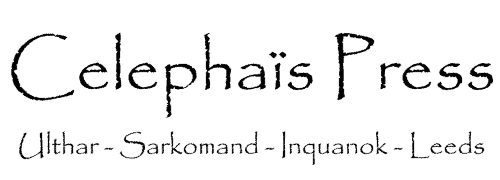2014-08-29
The most merciful thing in the world (2)
2014-08-22
We're older than you thought . . .
The most merciful thing in the world . . .
2014-04-01
This is it, which the Angels deny all knowledge of.
First row, left to right -- Gods set over squares with 3 or 4 different elemental influences.
- The Sons of Horus (Hapy, Imesty, Duamutef, Qebsennuf)
- Osiris.
- Horus (the group nicknamed this one "Teenage Horus" as contrasted with the elder and child Horus).
- Isis.
- Aroueris (the Elder Horus). This is doubtful. The figure and its colouring are as per the description in the G.D. paper, but in Budge's book the image here used was captioned as being someone else entirely (I forget who now).
- Nephthys. In the GD scheme her dress is black rather than the dark red shown here, in accordance with the attribution to the element of Earth. It probably should be a dress too; the leggings she's shown wearing here, I suspect to be an invention of Budge's illustrator who was probably getting bored at this point.
- Bast.
- Sekhmet. I'm not particularly happy with the ears on this one. Or the head generally, actually. The identification of Bast and Sekhmet happens in a syncretic age; originally they were different deities with different cult-centres and different associations. Both are attributed in this scheme to a mixture of Fire and Air.
- Anubis. I retouched the illustration in Gods of the Egyptians to make him slightly less skinny. Air / Earth.
- Hathor. I suspect either the original artist whose rendering of her was used as a basis, or Budge's illustrator, made a mess of her right shoulder and drew the nemyss this way to cover it up. Earth / Water.
- Harpocrates (the child Horus) -- Air / Water.
- Apis. The figure used here, while matching the description, is more strictly that of Serapis; the Apis bull itself was only rarely depicted as a bull-headed man -- Earth / Fire.
- Doubtful. The paper on the God-forms attaches this description to the name of "Sothis" (Sopdet), but it lacks her distinctive emblem of the five-pointed star, and only the very earliest depictions made Sothis cow-headed. This particular combination of iconography (cow's head, horns + double plumes + solar disc) turns up on some minor cow-goddess figures who were later assimilated to Hathor. Fire / Water.
2014-03-05
Further to the last . . .
I'm not promising anything, but I am actually paying attention to this blog and to the email contact given in CP texts again. Future queries should hopefully be answered in less time than it took for me to respond to, or even notice, the last couple.
As for resuming actual publishing activity, that remains to be seen. To be honest, I've lost a lot of interest and enthusiasm for the subject matters that CP has dealt with in the past; additionally, much of the original rationale for the project has been made redundant by the increasing availability and decreased cost of storage space and Internet bandwidth; web-posting and downloading a 20+ megabyte set of page images is a far more reasonable proposition now than it was ten years ago.
I will let the last two entries stand; they were an indication of where I was when I posted them. I will, however, attempt to keep such primarily personal matters out of what updates this blog receives from now.


